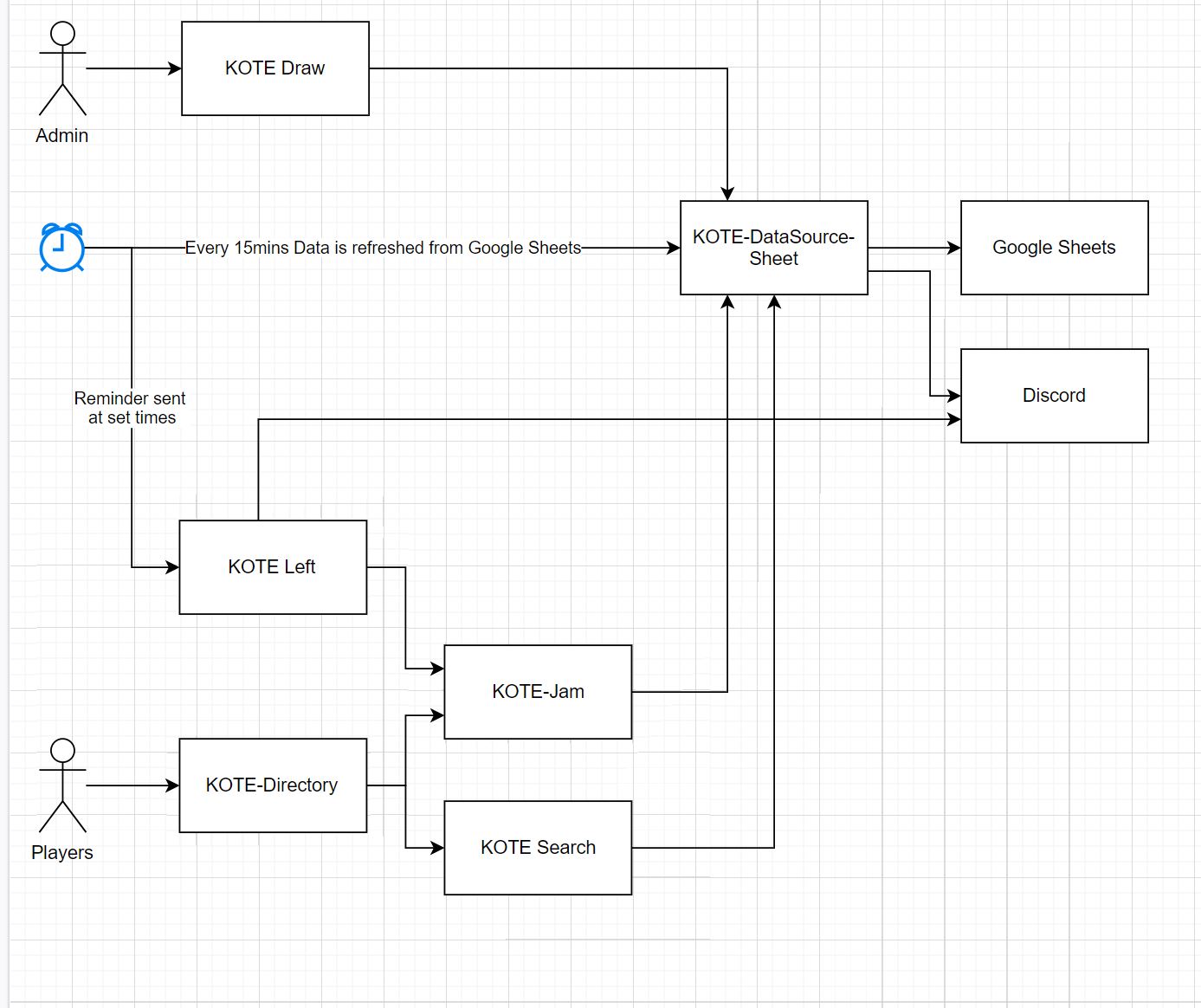What I did on my Xmas Holidays - GraphQL - An Opinion Piece
I have been an Integration SME for the majority of my career. I was cynical when I first saw GraphQL come around. As I have seen more and more people declare they want to use it I decided to spend some time over Christmas not just learning it but actually applying it to an application used by a few hundred people. This is not going to be another introduction to GraphQL or even GraphQL with IBM software, rather my initial impressions of it.
TLDR
GraphQL is a great tool in your toolbox, but use it for the right purpose and dont assume it can be your only API Strategy.
Background Info
Outside of work I founded and run a free to enter 220 person tournament for a card came called KeyForge. This game is a physical card game that I started playing and often play on my travels to customers around the world. I started this event to encourage people I played with around the world to face off against each other. There is an online platform called https://theCrucible.online that allows people to play with their real decks online. (Yes its like Magic The Gathering and has the same creator.) In order to run these events I have a website that displays pairings, team profiles and current rankings.
Background tech
In order to run this website I store all of my data in google sheets (for my sins) and over the course of Christmas I rewrote my application as a microservice “ish” implementation. When I say Microservice I mean I split it into a handful core applications that each has its own role and responsibility. I also took this opportunity to learn Svelte as frontend framework.
Rules of engagement
I started with these guiding principles
- DataSource-Sheets is only exposed as GraphQL
- Each Front End page must not call more then two endpoints to render its information
- No page must take longer then 2 seconds to load
- No state is stored in the application itself, the Data-source will reload itself every 15mins to pick up the latest results. (All data is inputted with google forms)
What I actually did
KOTE-DataSource-Sheets (SOR) pulls all of the data in from google sheets, and processes it into a centralized model. This model is used by other components. The model is then exposed via GraphQL.
KOTE-Directory (front end) was originally designed to be call the GraphQL endpoint on the KOTE-DataSource-Sheet and render the information. I quickly discovered that I needed to do a lot of processing on the data I am getting from GraphQL in order to make it renderable. As GraphQL has no join facility today (as far as I can see) it would be multiple calls from the browser worsening the user experience. To get around this I added the KOTE-Jam layer between the KOTE-Directory and KOTE-DataSource-Sheets, allowing this post processing to occur on the server side.
KOTE-Jam makes GraphQL calls to the KOTE DataSources-Sheets then does post process and joining of the data so it can serve up the required data in a single call.
KOTE-Search uses fuse (Thanks Ritchie) to provide a fuzzy logic search on data that is populated via GraphQL from the DataSource.
KOTE-Left calls KOTE-Jam to simply analyses the results and reports to discord the games that are not yet complete.
KOTE-Draw calls the GraphQL endpoint and simplifies the round pairing
So what did I think
My opinion of the usefulness of GraphQL has changed multiple times in the two weeks I have been using it. GraphQL does what it says it does. It simplifies data exposure to consuming applications. However it does not make APIs easier to consume, just expose. As I have written, for a public API approach to be successful it must be easy to consume. Usually this means exposing APIs to achieve a use cases with minimal calls and minimal knowledge of the expansive data model. (https://chrisphillips-cminion.github.io/api/2019/05/28/APIFlavours.html) I would say GraphQL is not an API but rather a completely different beast to simplify the separation of responsibilities in estates..
If challenged I would do this again. GraphQL provided me a way to cleanly separate out the data processing logic for the front end way from the the data source itself. I believe this allowed for a much quicker and better quality application and it forced me to work in a standard patterns when accessing the data. In addition if I needed to add any additional functions I can do it with minimal risk as I will not need to change the existing components, rather adding new components to provide the need. However I would not say GraphQL is suitable for exposing complex data models directly to those not experienced with the model. In addition GraphQL is all about providing data not providing function. This is often not suitable for the majority of use cases.
Bottom Line
GraphQL is a great tool in your toolbox, but use it for the right purpose and dont assume it can be your only API Strategy.



